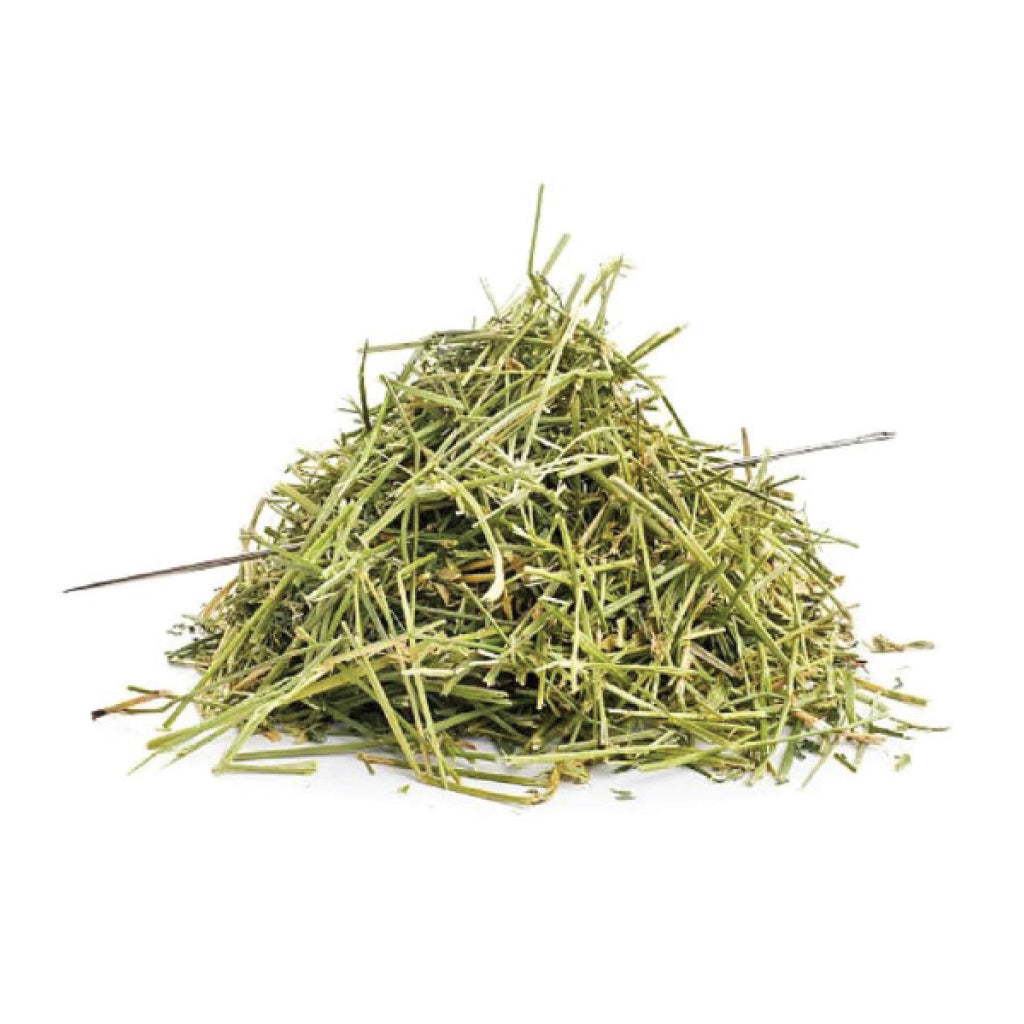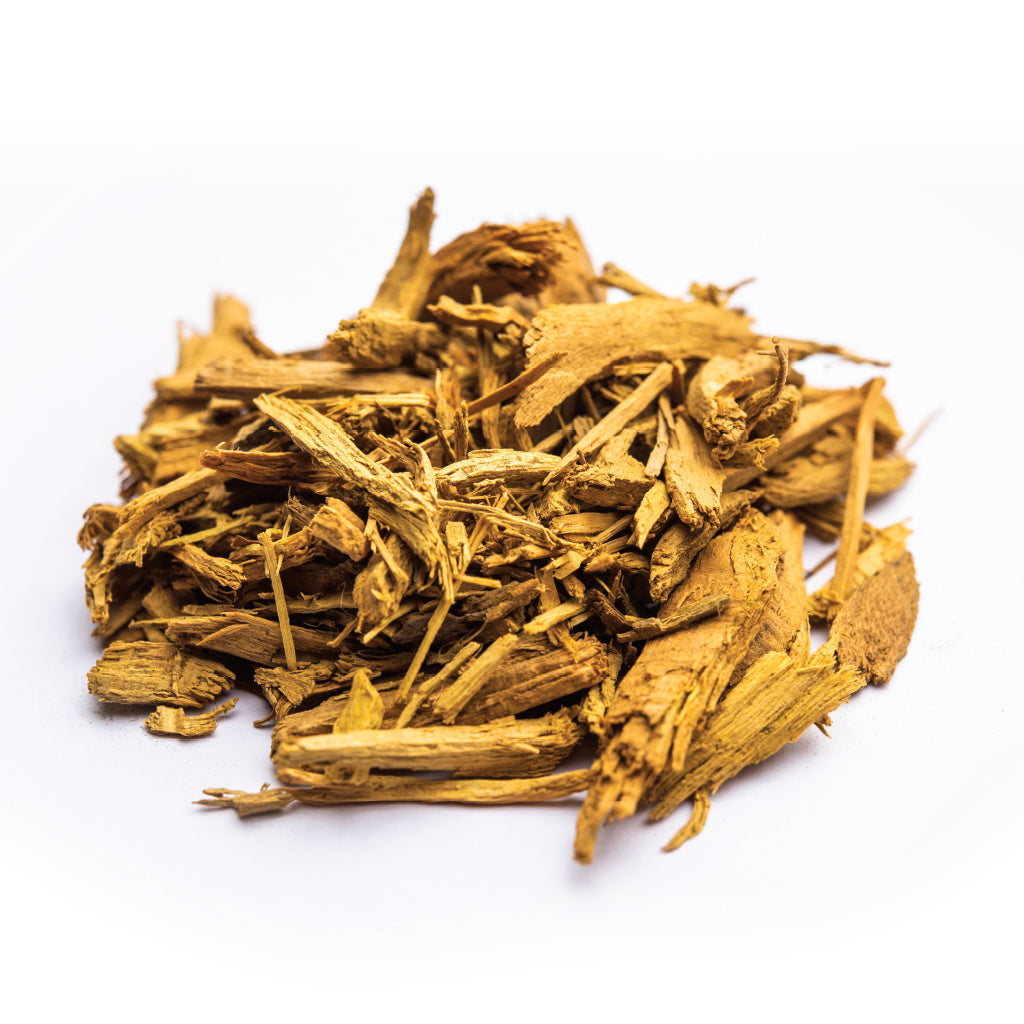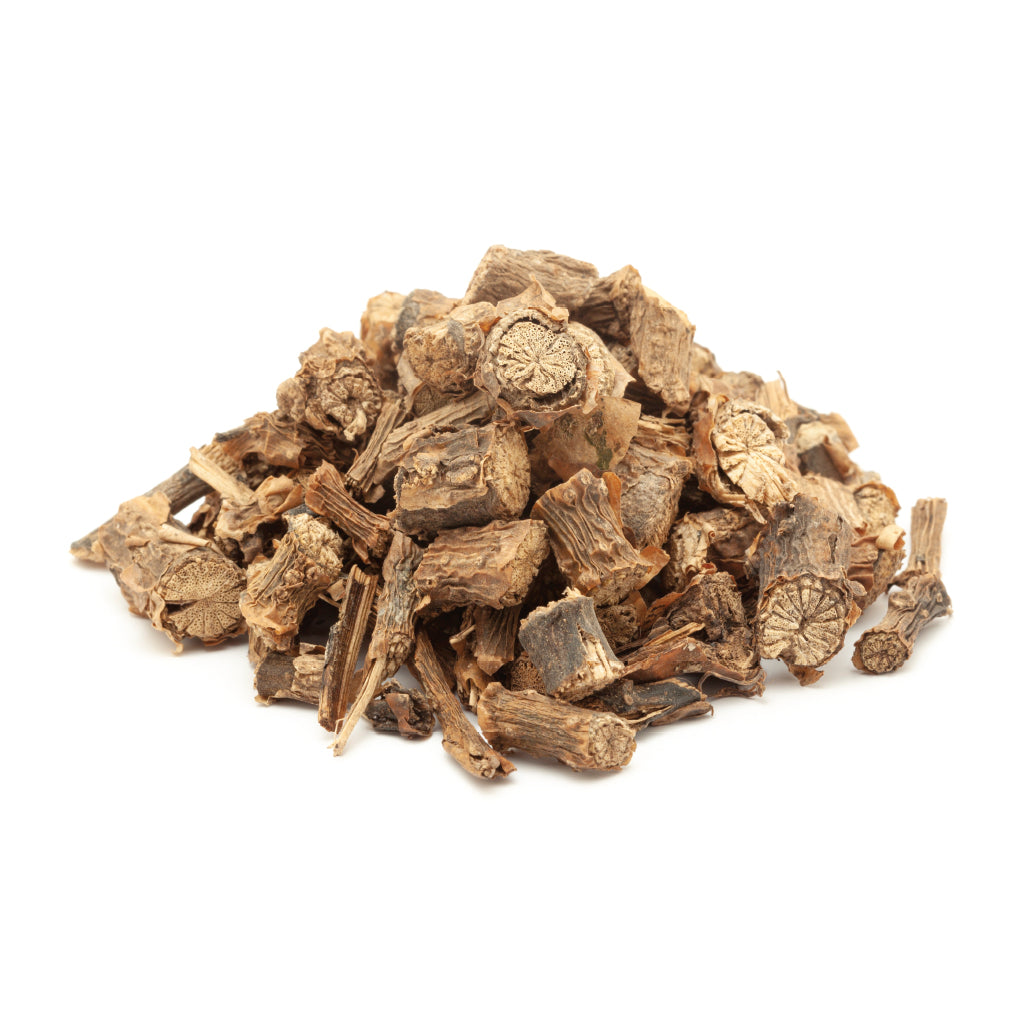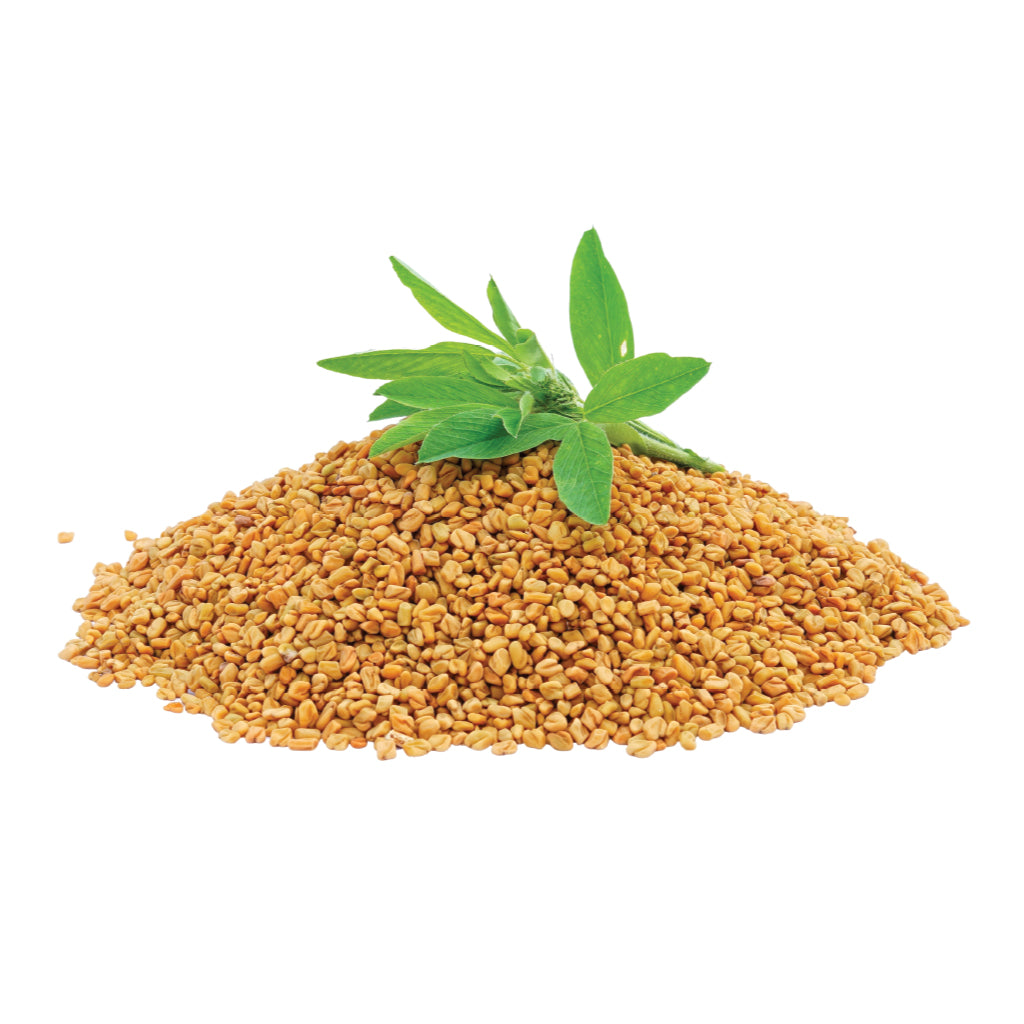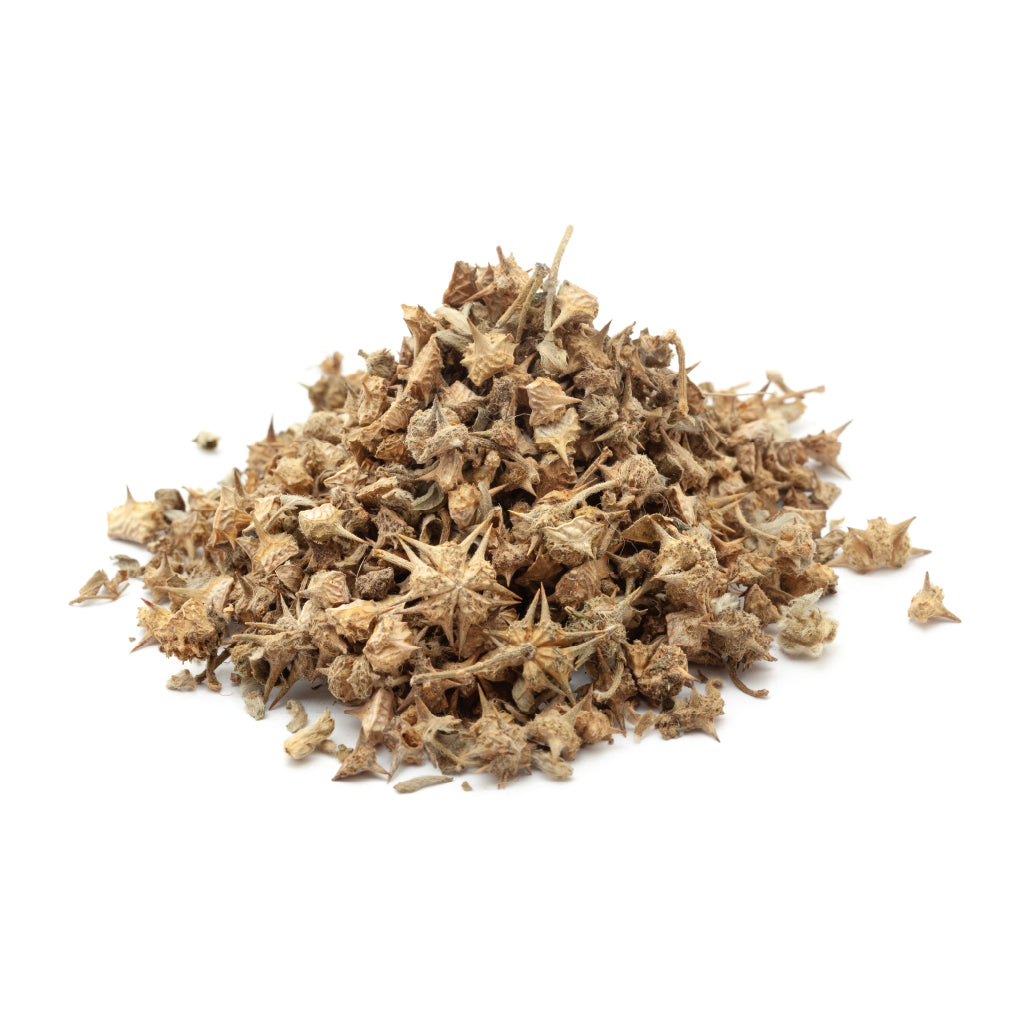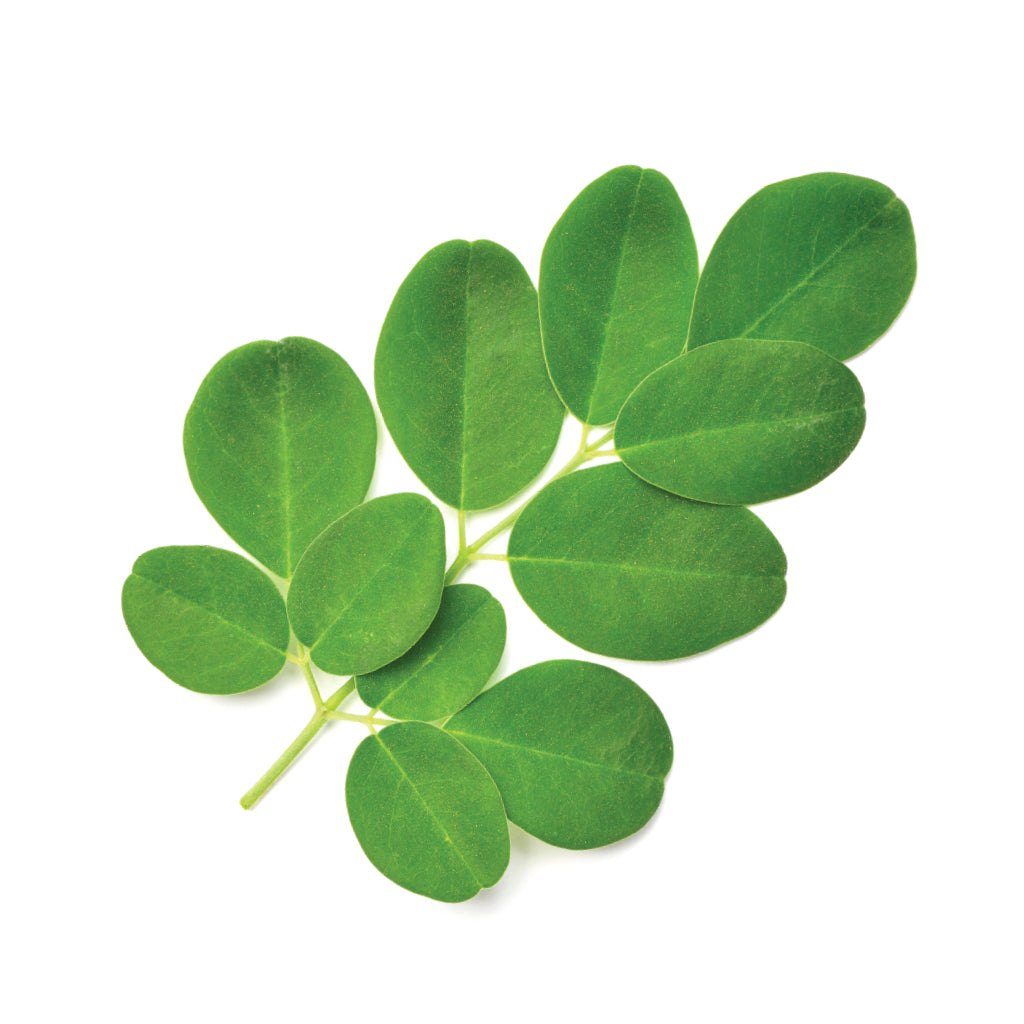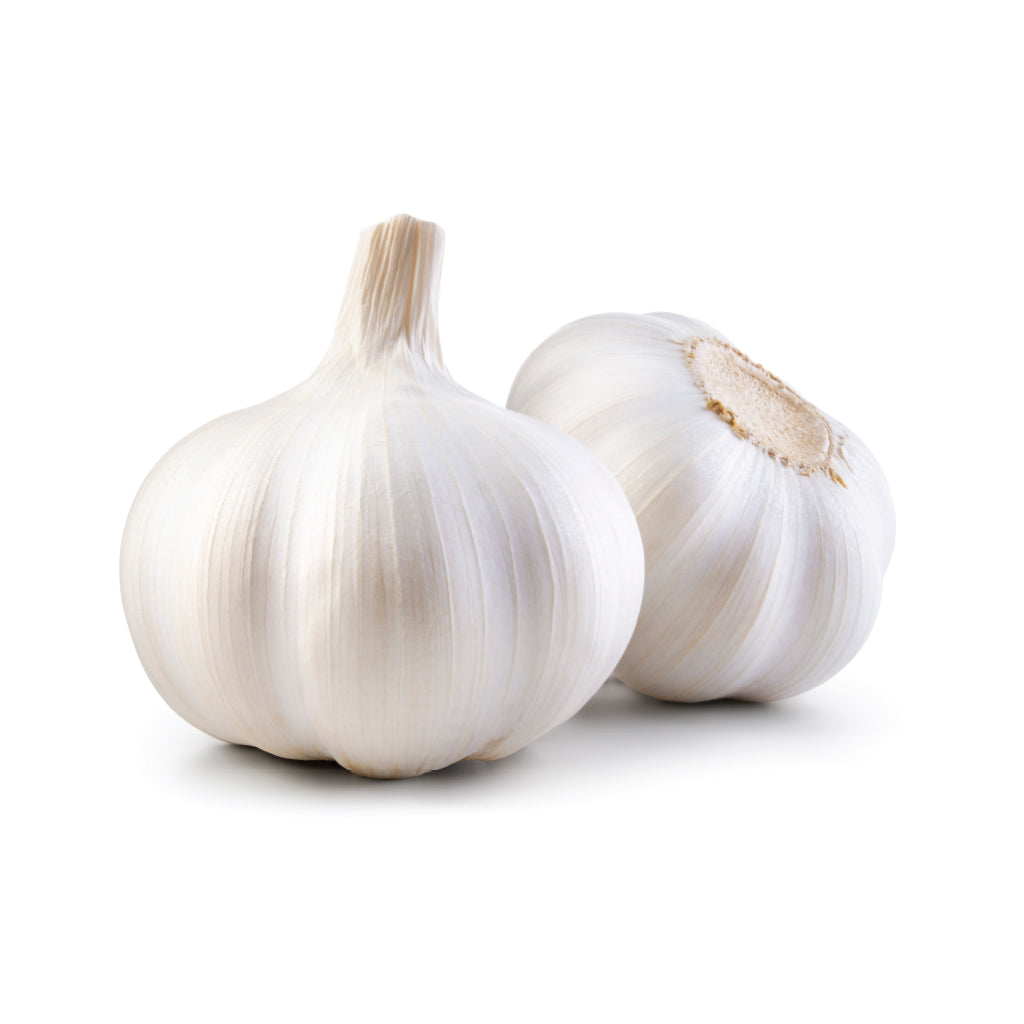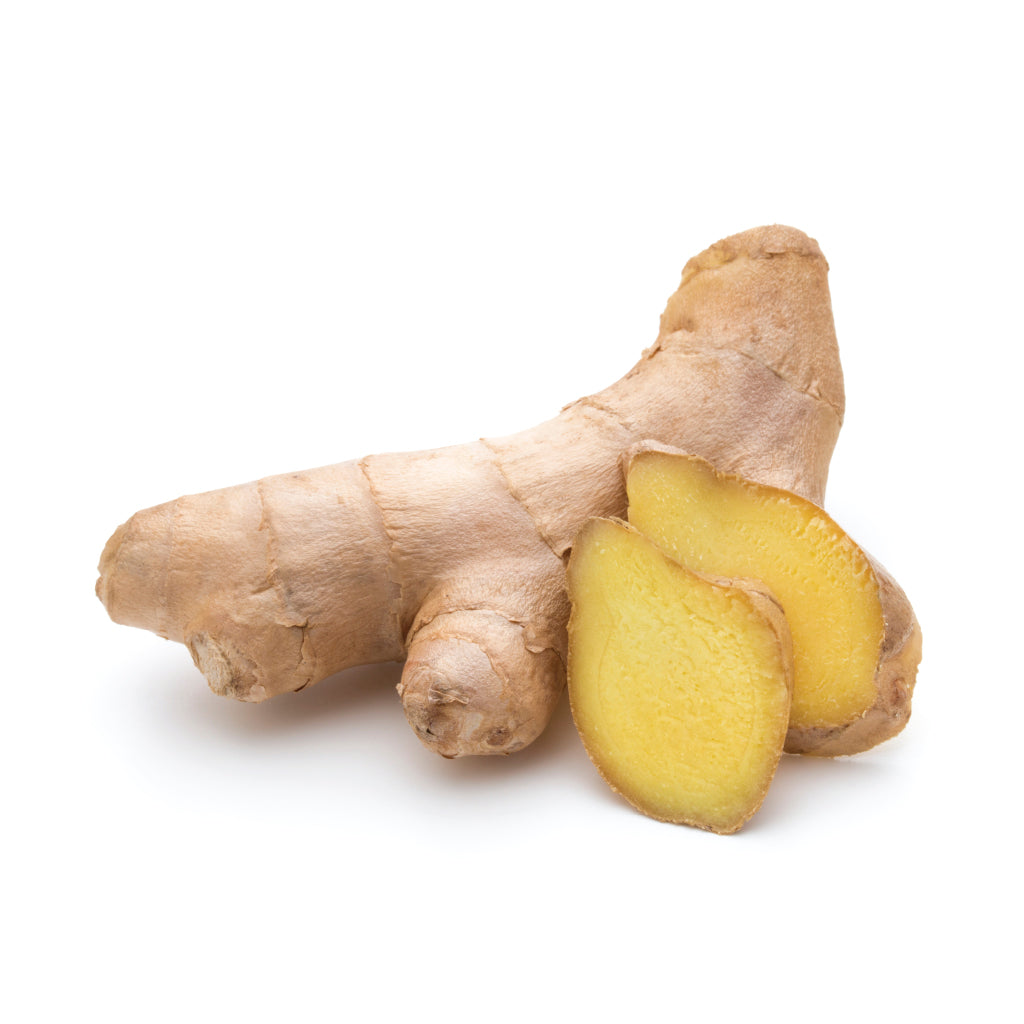
Ginger (Zingiber officinale): The Powerful Root for Digestion, Inflammation & Immunity
Botanical Name: Zingiber officinale
Common Names: Ginger, Adrak
Family: Zingiberaceae
Parts Used: Rhizome– fresh or dried
Available Forms: Fresh ginger, dried ginger powder, ginger oil, juice, capsules, tea
🌱Introduction
Ginger, or Adrak, is one of the oldest and most widely used medicinal spices in the world. A core herb in Ayurveda, Unani, Chinese, and Western herbal medicine, ginger is renowned for its warming, digestive, anti-inflammatory, and immune-boosting properties.
Used for over 2,500 years, ginger is more than just a kitchen staple — it’s a natural remedy for nausea, cough, colds, joint pain, and gut health.
✅Top Health Benefits of Ginger
1. 🍽️ Boosts Digestion & Relieves Bloating
· Stimulates digestive fire (Agni) and improves nutrient absorption.
· Eases gas, indigestion, nausea, and stomach cramps.
2. 🤧 Fights Cough, Cold & Infections
· Acts as a natural expectorant and antiviral herb.
· Reduces sore throat, congestion, and body aches.
3. 🩸 Reduces Inflammation & Joint Pain
· Contains gingerols and shogaols that have powerful anti-inflammatory effects.
· Used in arthritis, muscle soreness, and menstrual cramps.
4. 🚽Relieves Nausea & Morning Sickness
· Especially effective in motion sickness, pregnancy-related nausea, and chemotherapy side effects.
5. ❤️Good for Heart & Metabolism
· Helps lower cholesterol, blood pressure, and blood sugar levels.
· Supports healthy circulation and detox.
⚗️Key Active Compounds in Ginger
· Gingerol – Anti-inflammatory, antioxidant
· Shogaol – Anti-nausea, digestive aid
· Zingerone – Fights infections, boosts immunity
· Essential oils – Stimulate circulation and warmth
📚Traditional Uses
📌Ayurveda:
· Known as Shunthi (dry) or Ardraka (fresh)
· Used to balance Vata and Kapha doshas
· Treats indigestion, joint pain, and cough.
📌Unani Medicine:
· Known as Zanjabeel
· Acts as de-obstruent and stomachic
· Prescribed for joint pain, sexual debility, and respiratory infections
📜Scientific References
1. White, B. (2007). Ginger: An overview. American Family Physician, 75(11), 1689-1691.
2. Lumb, A. B. (2004). Mechanisms of antiemetic effect of ginger. Anaesthesia & Intensive Care, 32(1), 119–120.
3. Mashhadi et al. (2013). Anti-inflammatory effects of ginger. International Journal of Preventive Medicine
4. PubMed:https://pubmed.ncbi.nlm.nih.gov
🧴 How to Use Ginger
|
Form |
Usage |
|
Fresh Ginger Root |
2–5 grams/day in tea, food, or decoction |
|
Dry Powder (Sonth) |
1–2 grams twice daily with warm water or honey |
|
Ginger Tea |
Boil sliced ginger in water (3–5 mins) — take 1–2 times daily |
|
Capsules/Tablets |
250–500 mg standardized extract, once or twice daily |
|
Ginger Oil |
External use for joint massage or inhalation for cold relief |
⚠️ Precautions
- May cause heartburn or gastric irritation in large doses.
- Use cautiously in pregnancy (not more than 1 gram/day).
- May interact with blood thinners — consult a doctor if on anticoagulants.
- Avoid overuse in ulcers or hyperacidity.
📝 Conclusion
Ginger (Zingiber officinale) is one of the most powerful and versatile healing herbs. Whether you’re battling indigestion, cold, joint pain, or fatigue, this simple root offers relief, strength, and immunity from nature’s treasure chest.
Add it to your tea, food, or supplements — and feel the warmth and healing power of Adrak every day.
